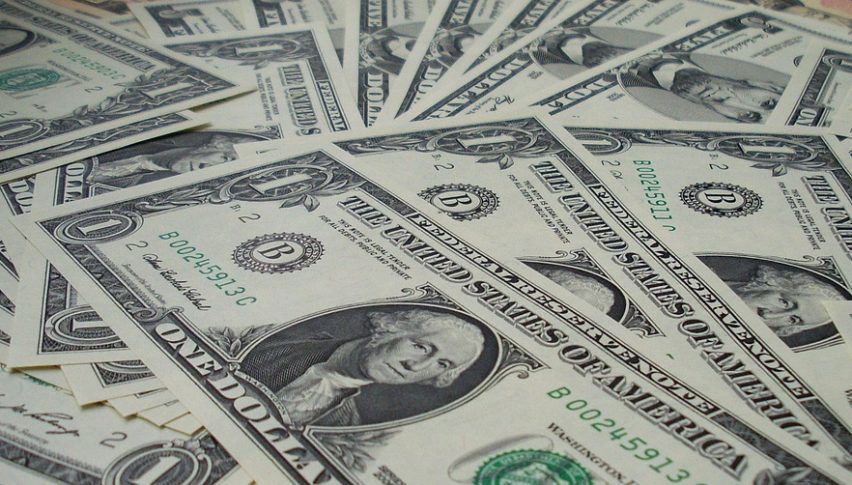Fedwatch Tool Suggests 50% Chance for 50bps Cut Ahead of Crucial FOMC Meeting
As the Federal Open Market Committee (FOMC) gears up for its pivotal meeting on September 18, market predictions are shifting rapidly.

As the Federal Open Market Committee (FOMC) gears up for its pivotal meeting on September 18, market predictions are shifting rapidly. A week ago, the consensus strongly favored a modest 25 basis points (bps) rate cut, but new data from the CME’s Fedwatch Tool and Polymarket’s prediction market now point to a 50% chance that the Federal Reserve may take more aggressive action, with a 50bps cut also in the cards.
Market Sentiment Shifts Ahead of the FOMC Meeting
Three days ago, market sentiment leaned heavily towards a 25bps reduction, with the Fedwatch Tool assigning it an 87% probability. Polymarket bettors were even more confident, pricing a 92% chance of a smaller cut. These predictions aligned with recent Fed actions, where gradual cuts were favored over sudden and more substantial shifts.
However, recent economic data and growing concerns over inflation and slowing economic growth have caused predictions to change significantly. Now, the chances of a more aggressive 50bps rate cut are even with the 25bps option, both standing at 50%. The volatility in expectations highlights the uncertainty and urgency around the Fed’s upcoming decisions.
Traders and investors are also eyeing the potential for further cuts in the future, with the Fedwatch Tool showing a rise in the likelihood of a 50bps or 75bps cut during the November 7 FOMC meeting.
Why the Market is Leaning Toward a Larger Cut
Several factors are driving the shift towards a more substantial rate cut. Parthenon economist Gregory Daco recently pointed out that the Federal Reserve might be falling behind the curve when it comes to adjusting interest rates in response to economic conditions. “Our view is that the Fed is behind the curve – that it should have been easing from June even, or potentially May – and that now it needs to catch up and may have to front-load some of the rate cuts,” Daco said.
With inflation concerns rising, many believe the Fed needs to take more aggressive steps to ensure price stability and support economic growth. A 50bps rate cut would signal a more decisive shift in monetary policy, aimed at boosting market confidence and staving off the risk of a deeper economic downturn.
Polymarket Bettors Shift Predictions
The changing outlook is also evident in the blockchain-powered predictions market, Polymarket. Just days ago, Polymarket users overwhelmingly expected a 25bps cut, assigning it a 92% probability, while a 50bps cut had only a 7% chance. Fast forward to September 15, and the odds are much closer, with a 50bps reduction now holding a 34% probability and the 25bps option down to 65%.
These shifting odds reflect the growing consensus that the Fed may need to take bolder action to prevent the economy from slipping further. While a 25bps cut would follow the Fed’s more cautious approach, a 50bps cut would signal a more aggressive attempt to address inflation and economic uncertainty.
What to Expect from the FOMC Meeting
The upcoming FOMC meeting is likely to be a pivotal moment for both the U.S. economy and global markets. Whether the Fed opts for a 25bps or 50bps cut, the decision will set the tone for monetary policy in the coming months. Market participants will also be closely watching for any hints of future rate adjustments, particularly at the November meeting.
The implications for the economy, inflation, and interest rates will be significant, with investors adjusting their strategies based on the Fed’s actions. Regardless of the outcome, the September 18 FOMC meeting is shaping up to be a critical juncture in the ongoing battle between inflationary pressures and economic growth.
Key Takeaways:
- Fedwatch Tool now suggests a 50% chance of either a 25bps or 50bps rate cut at the September 18 FOMC meeting.
- Economists argue the Fed may be “behind the curve” and need to front-load more aggressive rate cuts.
- Polymarket bettors have adjusted predictions, with the likelihood of a 50bps cut rising to 34%, up from 7% earlier in the week.
This FOMC meeting is shaping up to be one of the most critical monetary policy decisions in recent memory, with far-reaching consequences for the U.S. economy and global markets.
- Check out our free forex signals
- Follow the top economic events on FX Leaders economic calendar
- Trade better, discover more Forex Trading Strategies
- Open a FREE Trading Account


